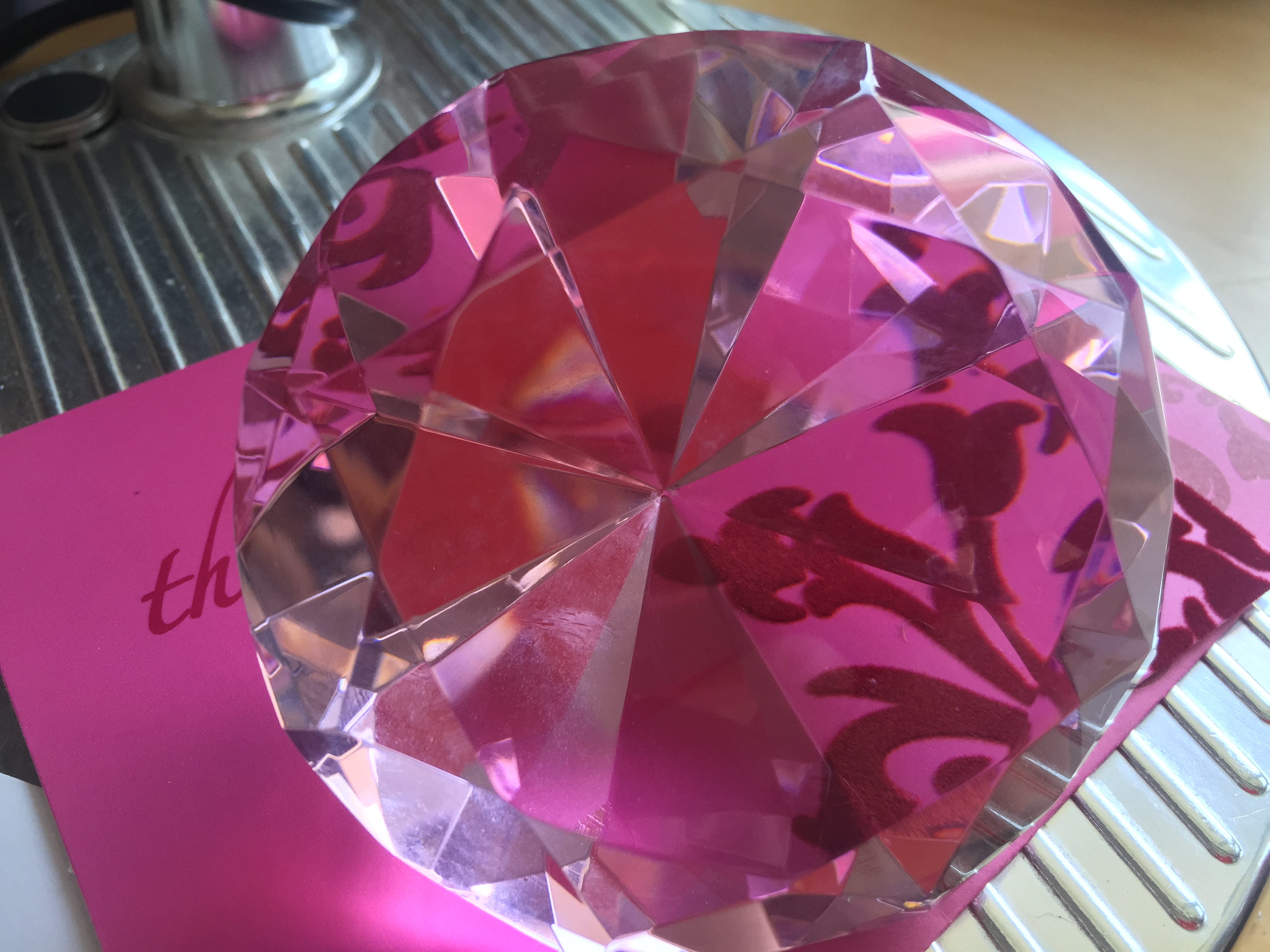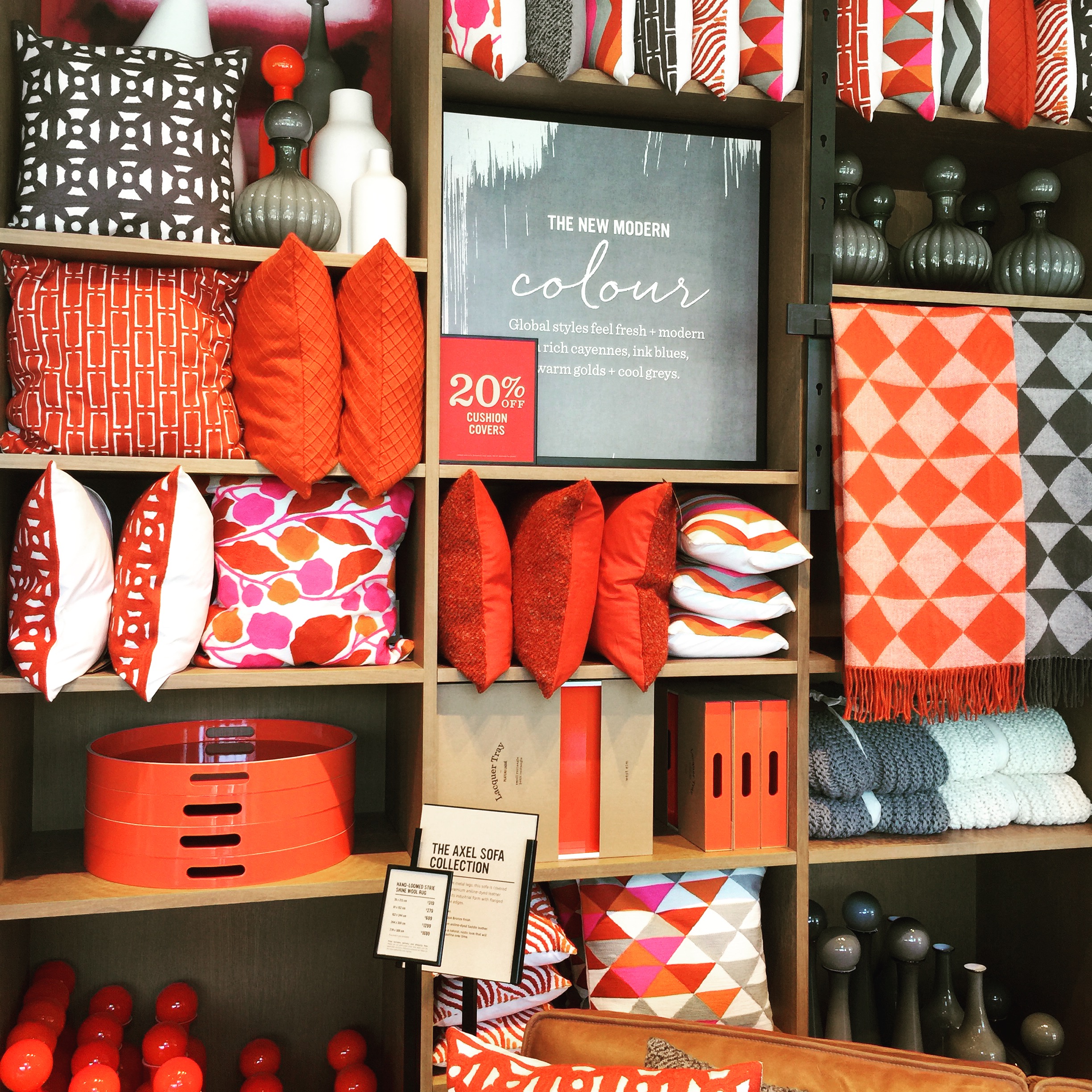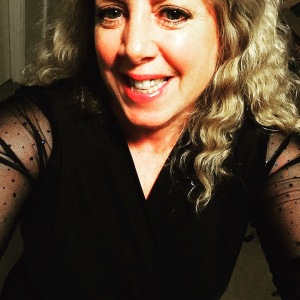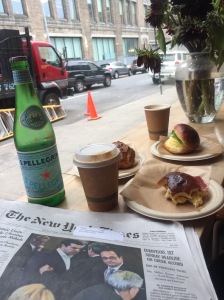Brand + Business x Christine Moody*

Your personal brand is like a gemstone—each one is unique—but you have to find them first!
I am undertaking a small research project titled: “Women Leaders and their Personal Brand”. The 10-question survey included questions on what women leaders understood their personal branding was and how they align it to their career goals and aspirations. I deliberately kept the survey participant numbers low to enable me to ‘tweak’ and change some of the questions as I want to develop a much larger research project on the subject. The outcome is to understand how many women understand the notion of ‘personal brand’ but also to understand how important it is in their career development. The focus is on the visual aspect of the personal brand and how they identify their ‘hidden gems’ that make them unique and leverage this to stand out. While the survey close date is still a few days off, I thought it was worth sharing some findings to date as the data collected so far has been insightful.
Some of the emerging themes are:
- Many participants see ‘personal brand’ as the way they present themselves to others or the quality of their work as judged by their peers and their bosses
- They see the elements of a personal brand linked to their social media ie, LinkedIn headshot
- Many see difficulty in creating a personal brand within the corporate context of their employer’s brand
- Every respondent—without exception—saw their personal brand important part of their career advancement
- Women leaders and role models the respondents admired are a very diverse group of women—including Ellen DeGeneres, Tara Moss, Julie Bishop, and Sheryl Sandberg
- Personal branding was important at all stages of their career development.
One of the most interesting and insightful comments from the research I’d like to share with you was a response to the question, ‘Is there anything you would like to add to the conversation about personal brand?’:
“…if you can find a way to demonstrate that it’s not about self-promotion, and that it’s important for women to undertake this activity, so they can ensure their paths are where they want to go, and for whom they want to support. We have to start thinking about ourselves as inspirational to others, only then will most of us be able to not think about this as self-promotion, but think of it as self-preservation.”
This is the where one of the problems lie in how women present their personal brands. How do women become visible without it being seen an act of self-promotion—and is there anything wrong with being proactive getting your story out there? How do women have a voice without being seen as too ‘loud’ and therefore not listened to? How do women make sure that the work they do is recognised by their peers, their bosses, and their clients? How do we remain true to ourselves but make sure we get heard?
Let me know your thoughts or experiences on this. I expect to have more findings in the next couple of weeks.
Other blogs on this topic can be found on Linkedin.
*Christine Moody is one of Australia’s leading brand strategists and the founder brand management consultancy, Brand Audits. With more than 30 years’ professional experience, Christine has helped a diverse client base of local and international brands, including Gold Coast City Council, Hilton Hotels, and Wrigleys USA, to develop, protect and achieve brand differentiation. Her particular interest is personal brand audits to assist executives realise their full potential.
For more information: chris.moody@brandaudits.com.au or +61 419 888 468.









